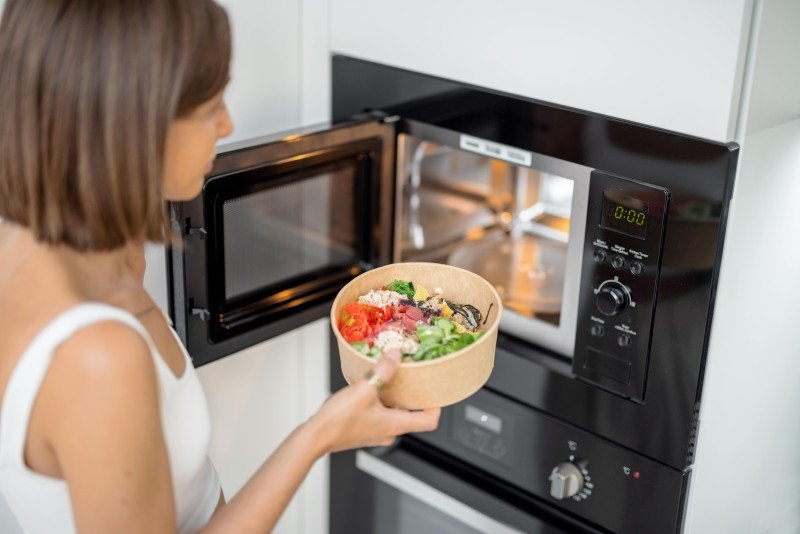20 Up-Andcomers To Watch The Oven And Hob Industry
Understanding Ovens and Hobs: A Comprehensive Guide
When it concerns cooking devices, ovens and hobs are amongst the most vital tools discovered in contemporary kitchen areas. They play essential roles in meal preparation, transforming raw components into scrumptious meals. Understanding the differences in between various kinds of ovens and hobs and how to pick the best one can make a substantial distinction in cooking performance and food quality.
This short article checks out ovens and hobs in information, providing insights into their types, features, benefits, and common FAQs. Whether you are a skilled chef or a novice cook, this info will assist you make informed decisions for your cooking needs.
Types of Ovens
Ovens are available in a number of types, each designed for specific cooking methods and styles. Here is a detailed take a look at the most typical kinds of ovens:
Type of Oven
Description
Best For
Conventional Oven
Makes use of heating aspects situated at the top and bottom for even cooking.
Baking, roasting, and general cooking
Stove
Features a fan that circulates hot air for quick and even cooking.
Baking pastries and cookies, roasting meats
Steam Oven
Uses steam to cook food, protecting moisture and nutrients.
Vegetables and fish
Microwave
Rapidly cooks food utilizing microwave radiation.
Reheating and quick meals
Wall Oven
Built directly into the wall for space-saving cooking solutions.
Little kitchens and modern styles
Skill Level
Provides several cooking modes including baking, broiling, and toasting.
Versatile cooking needs
Types of Hobs
Hobs, likewise called cooktops, been available in various types based on their fuel source and design. Comprehending these choices can help in finding the best fit for your kitchen setup:
Type of Hob
Description
Best For
Gas Hob
Uses gas flames for cooking, offering immediate heat control.
Traditional cooking approaches
Electric Hob
Utilizes electric coils or induction aspects to heat pots and pans.
Even heat circulation
Induction Hob
Employs electro-magnetic energy to straight heat up pots, providing quickly and efficient cooking.
Energy-efficient cooking
Strong Plate Hob
A type of electric hob with solid plates that requires time to warm up however keeps heat well.
Sluggish cooking
Ceramic Hob
Features a glass-ceramic surface area allowing for simple cleaning, with electric heating components below.
Visual appeal
Aspects to Consider When Choosing an Oven and Hob
Picking the best oven and hob mix requires careful factor to consider of a number of factors. Below is a list of essential aspects to bear in mind:
Cooking Style
- Are you an everyday cook or an occasional baker?
- Do you prefer steaming or frying?
Kitchen Size
- What area is available in your kitchen for the devices?
- Will you require built-in or freestanding designs?
Fuel Source
- Do you have access to gas, or would you choose electric?
- Are you interested in induction cooking innovation?
Budget
- What is your budget plan for buying an oven and hob?
- Are you considering a high-end model or a more cost effective alternative?
Energy Efficiency
- Are you wanting to minimize your energy intake?
- Do you choose appliances that include high-efficiency rankings?
Advantages of Ovens and Hobs
Both ovens and hobs bring special benefits to the kitchen. Here's a summary of some benefits:
Ovens:
- Versatility: Able to manage a large range of cooking techniques from baking to roasting and broiling.
- Consistent Results: Even heat circulation offers reputable cooking outcomes.
- Big Capacity: Ideal for big meals and batch cooking.
Hobs:
- Control: Gas hobs provide instantaneous heat modifications, beneficial for precise cooking.
- Efficiency: Induction hobs are understood for their quicker heat-up times and energy performance.
- Independent Cooking: Multiple hobs permit cooking several dishes at the same time.
Picking the ideal ovens and hobs is important for anyone seeking to improve their cooking abilities and kitchen performance. By comprehending Oven Hobs of each appliance, alongside their advantages and functions, customers can make educated choices that cater to their cooking habits and preferences.
As kitchens evolve, so do the technologies surrounding cooking home appliances. Purchasing the ideal combination of an oven and hob can cause much better cooking experiences, higher food quality, and even satisfying time invested in the kitchen.
Regularly Asked Questions (FAQs)
What is the difference in between convection and conventional ovens?
- A convection oven utilizes a fan to flow air for even cooking, while a standard oven relies only on leading and bottom heating elements.
How do induction hobs work?
- Induction hobs use electro-magnetic fields to straight heat up pots and pans made from magnetic materials, causing quicker cooking times and more energy performance.
Are gas hobs more secure than electric hobs?
- Safety depends upon use and setup. Gas hobs require proper ventilation and can present a fire threat, while electric hobs may posture dangers of burns due to their hot surfaces.
Can I bake in a steam oven?
- Yes, a steam oven can be used for baking, typically resulting in moister and fluffier baked goods, particularly breads and pastries.
What should I look for in a built-in oven?
- Look for features like capability, cooking modes, energy efficiency ratings, and ease of cleansing.
By thinking about the information and guides offered in this short article, readers can quickly navigate the world of ovens and hobs, ensuring that they choose the best devices to suit their culinary needs.
